

We may earn revenue from the products available on this page and participate in affiliate programs. Learn More ›
Home Advice You Can Trust
Tips, tricks & ideas for a better home and yard, delivered to your inbox daily.
By signing up you agree to our Terms of Service and Privacy Policy.
Flip Out

Can you really make a bundle by flipping a house? It sounds alluring, but it’s also risky. House flipping—that is, buying a fixer-upper with the intention of selling it quickly for a profit—can easily backfire if you’re not careful. Get the down-and-dirty from these 10 house flippers before embarking on your own real estate speculation.
Earnings: Not Enough
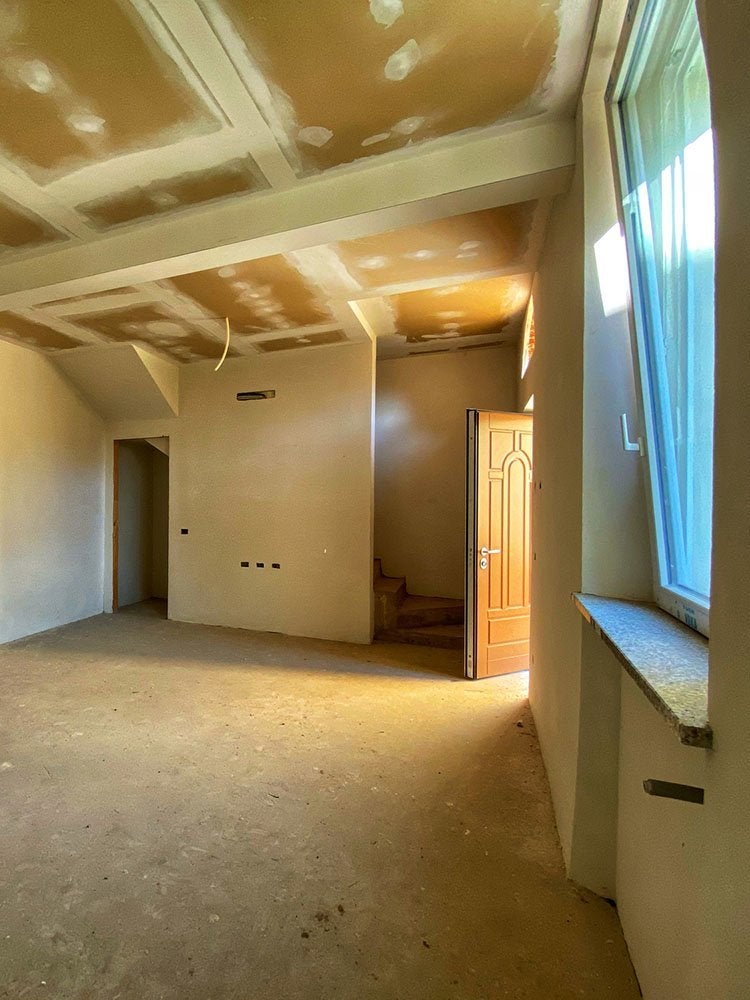
Given that Rob Berger has flipped only one house, you might consider his vow that he’ll “never again flip a property” a bit premature. But his DIY experience did give him some hard-earned insights into this much-hyped trend. His number one tip? “Turn off HGTV.”
Earnings: $20,000

CPA Logan Allec discovered his first flip by turning to “good old direct mail marketing,” sending out letters and postcards to absentee landlords in his target market. Great finds are snapped up quickly online, so you need to be creative to score a deal. Be prepared to put in the time and money it takes to earn a solid ROI.
Earnings: $117,000

Adela Mizrachi underscores the importance of having a knowledgeable partner when flipping a house. Fortunately for her, Adela’s business partner is also her boyfriend John, a licensed real estate agent. She’s flipped two houses (so far) and advises first-timers to “double the amount of time” you budget for the whole process.
Earnings: $114,900

Being a businessman by nature and profession helps Brian Rudderow, a CEO in Colorado, turn a profit. He uses his own website to attract real estate leads and goes for homes in great neighborhoods “where values [are] skyrocketing.” These tactics earned him $114,900 on a single home in Colorado Springs.
Earnings: $151,600
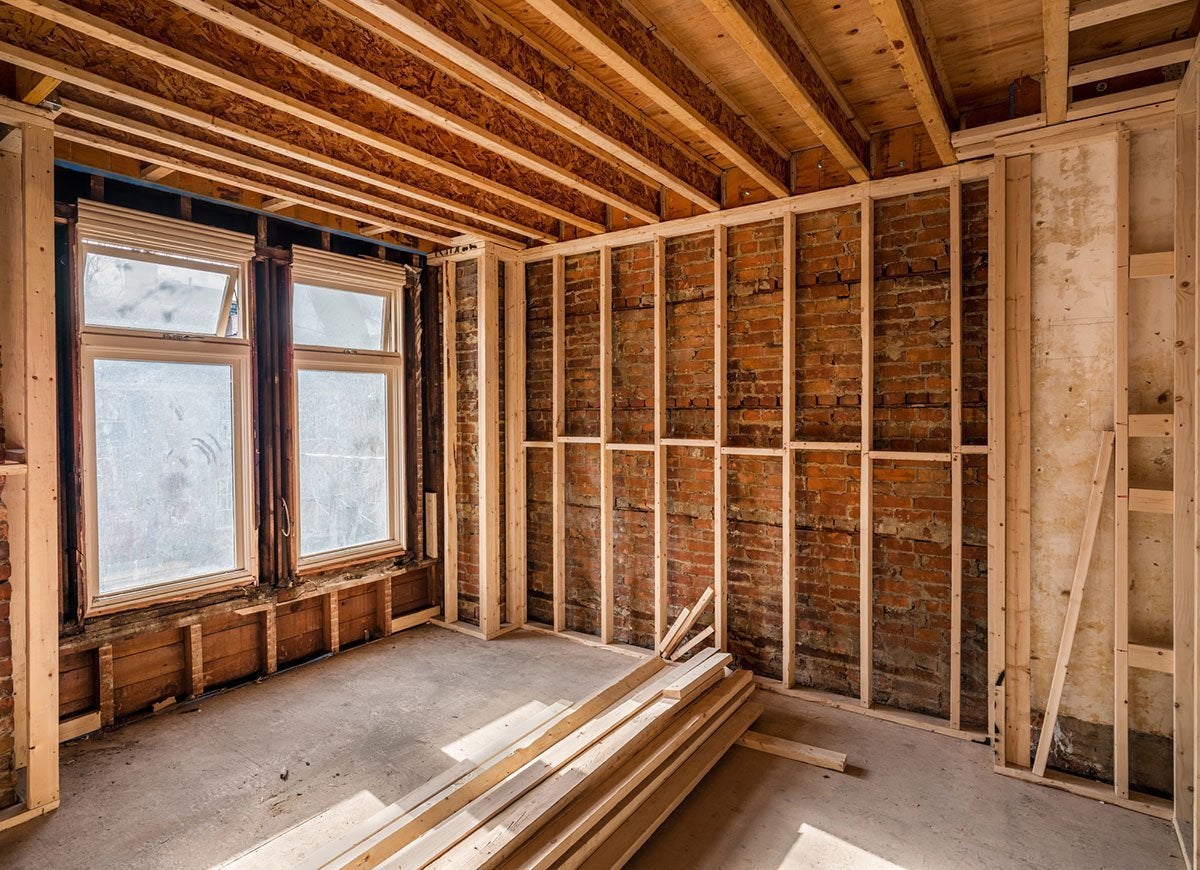
One common theme in house-flipping success? Serious trade knowledge of real estate. This is the case with Uriah Dortch, a professional home buyer and broker. His biggest win was a property in Raleigh, North Carolina. The house “was in terrible condition” and required a $126,400 renovation in addition to the $72,000 purchase price. He still made a tidy profit.
Earnings: $400,000 after 5 Flips
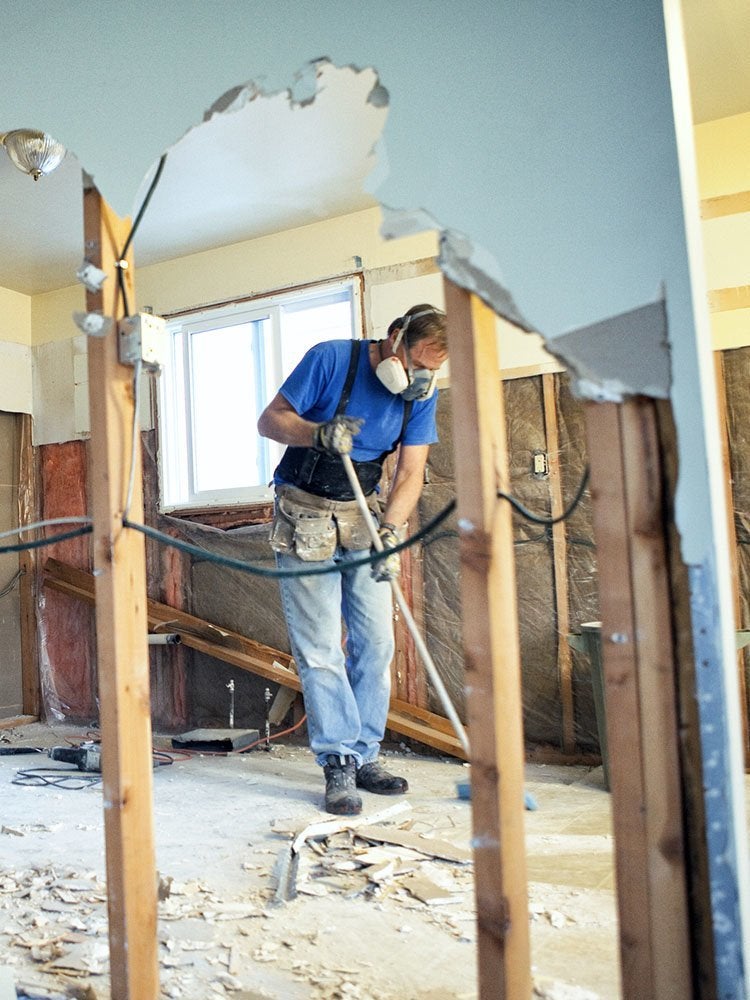
Though he eventually netted a healthy nest egg, Carl, a house flipper in Colorado, spent “at least 2,000 hours” doing renovation work “with no financial gain.” As he learned from his experience flipping a house during the Great Recession, some factors are beyond a flipper’s control. Changing economic conditions can “derail the best-laid plans.”
Earnings: “A Reasonable Return…”
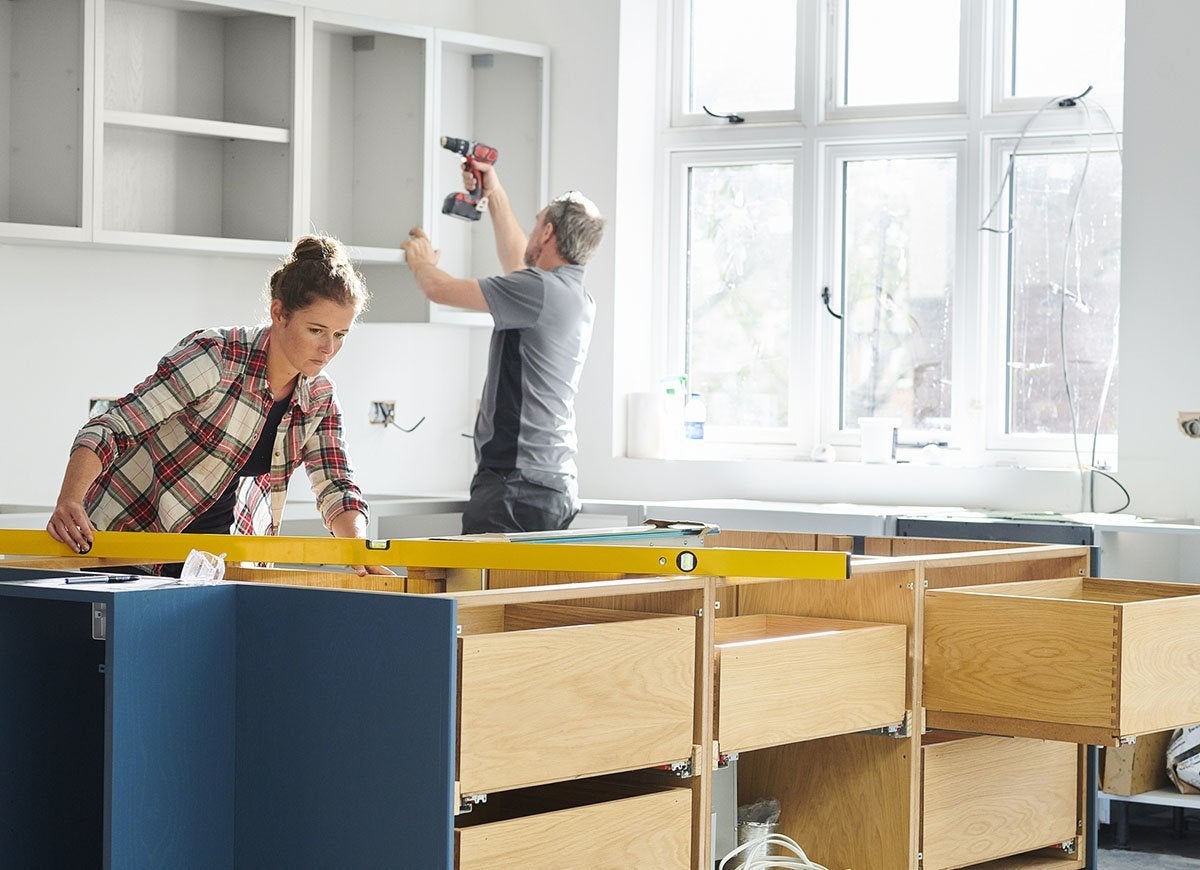
“…Yet given the months of work and the financial risk we took, it was not worth it.” This is how S.L. Brown sums up her house-flipping experience. Though she and her husband ultimately hit their target price, the return on investment wasn’t great enough to justify the stress that the renovations put on the couple, who were also holding down full-time jobs as lawyers.
Related: The Most Popular Home Renovation Projects in America—And How Much They Cost
Earnings: $27,936.90
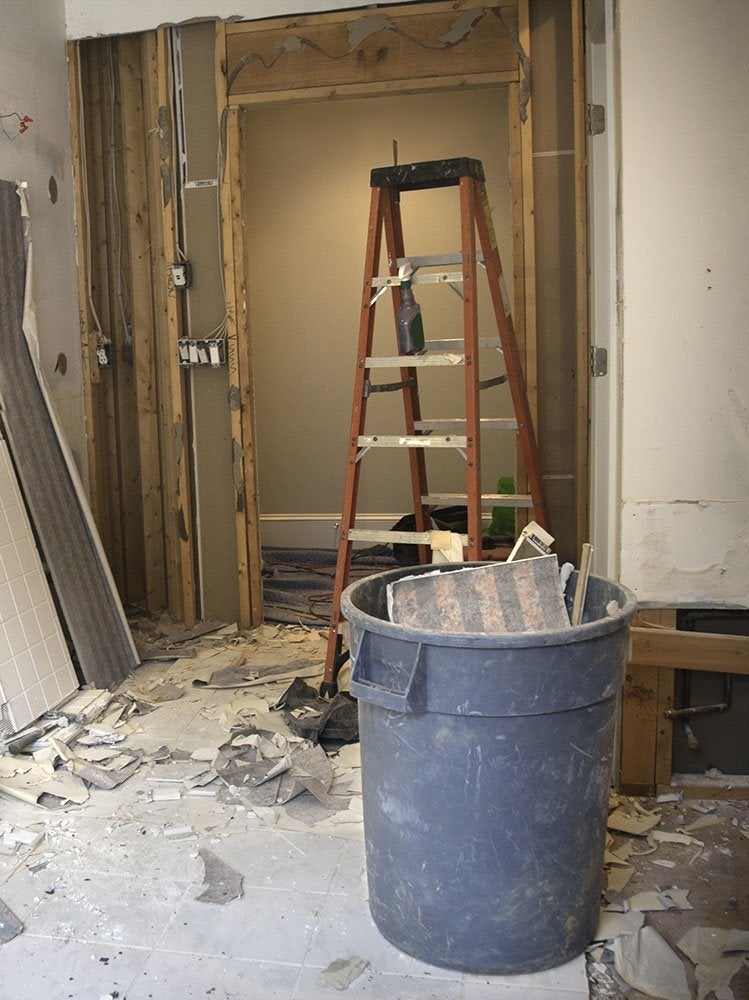
Melissa, a self-described “DIY addict” and real estate agent in North Atlanta, embarked on her first flipping adventure as an indebted young professional. The result? Enough money “to pay off my car, 3 credit cards I had balances on, put some money toward my student loans and set cash aside for savings.”
Earnings: Around $30,000 Per Flip
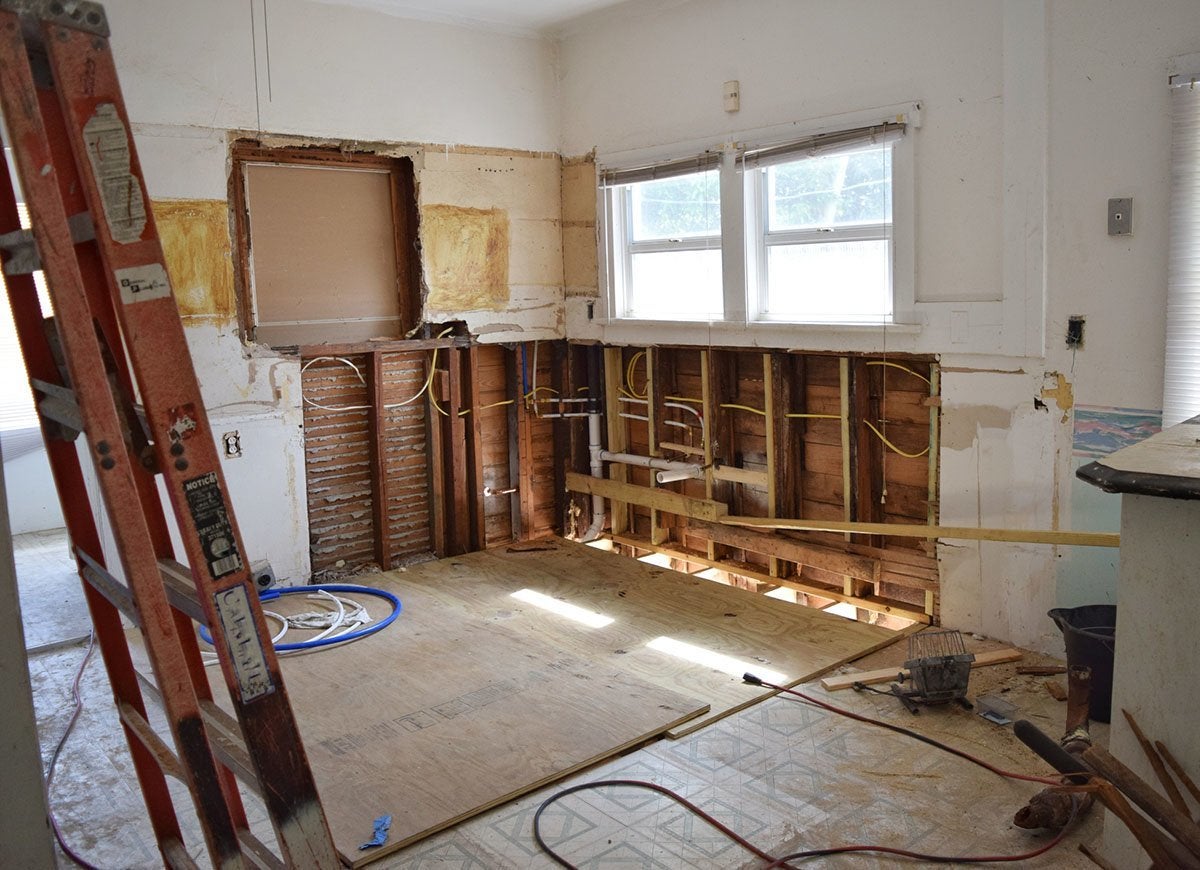
House flipper Mark Ferguson admits that profits—and losses—can vary wildly with each property. He’s flipped more than 155 homes and averages a $30,000 profit on each. “You can make a lot of money once you have developed a system and learned the business,” he says.

Everything You Need for a Lush and Healthy Lawn
Keeping your grass green and your plants thriving doesn’t just take a green thumb—it starts with the right tools and supplies.